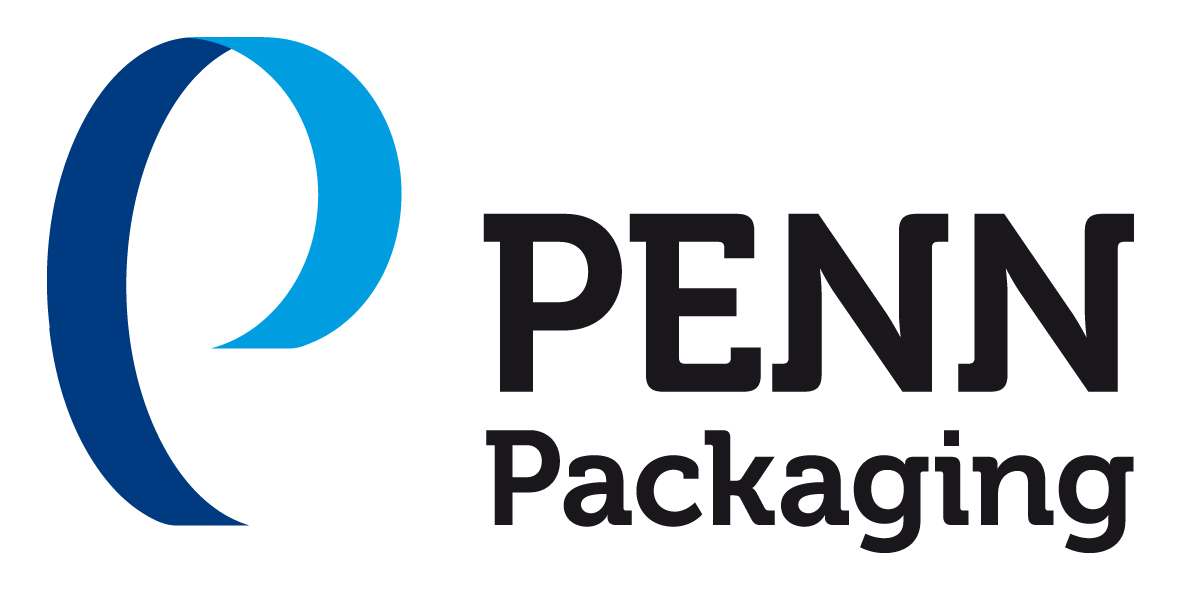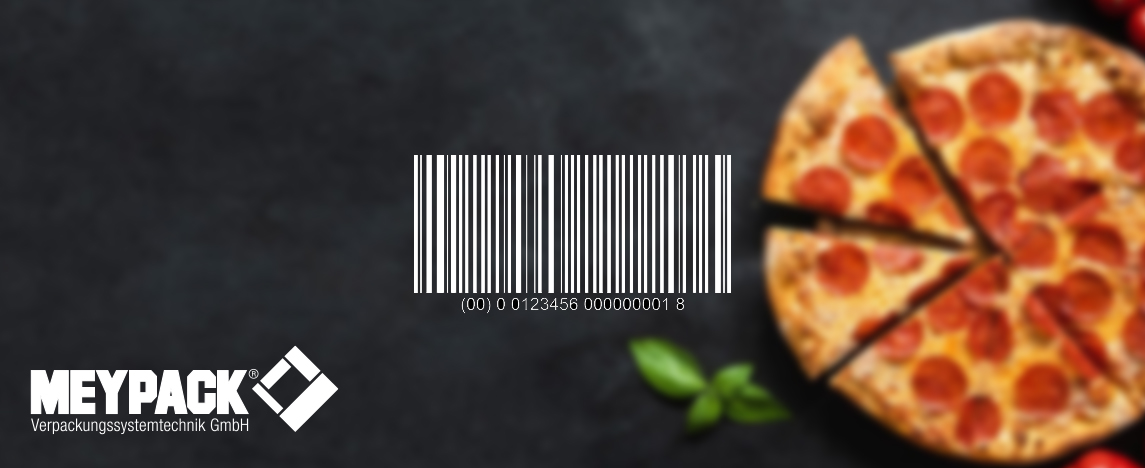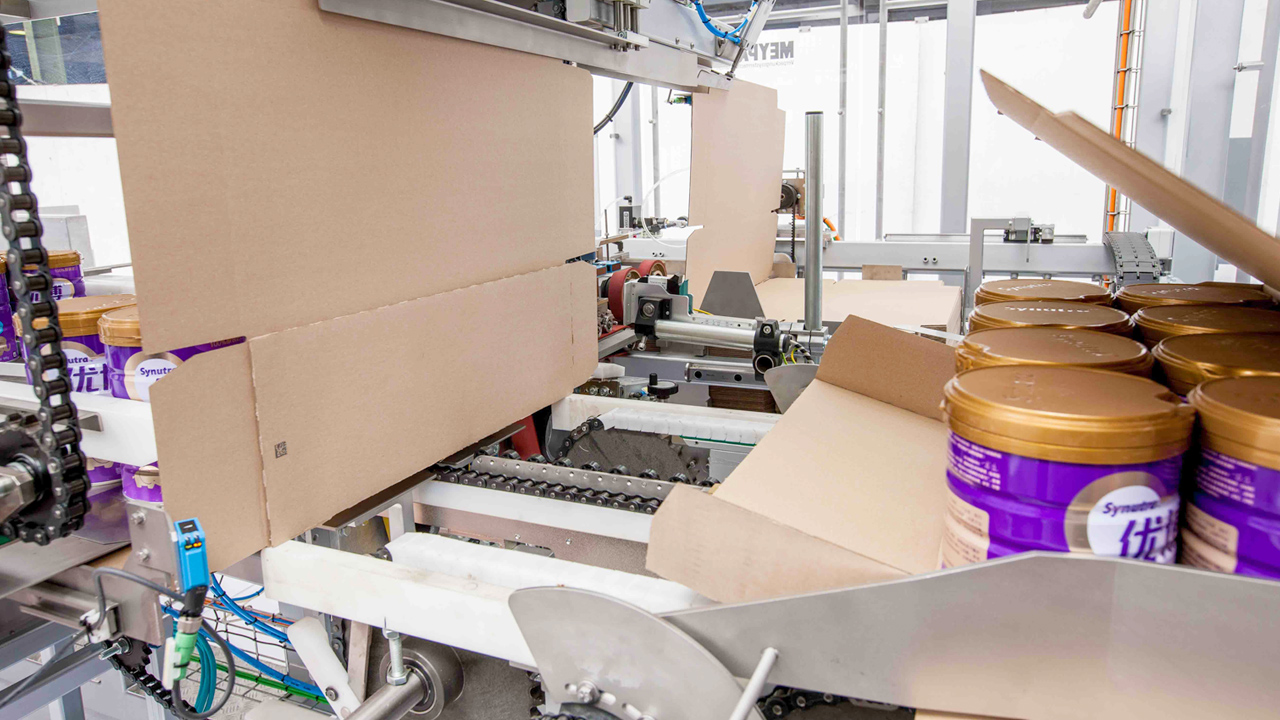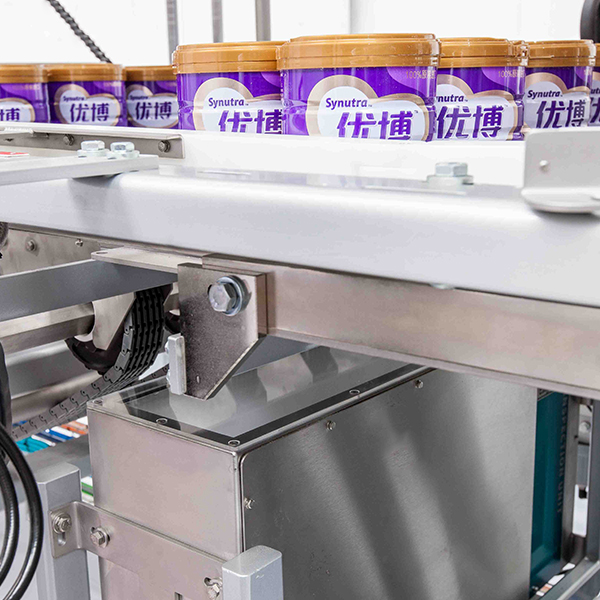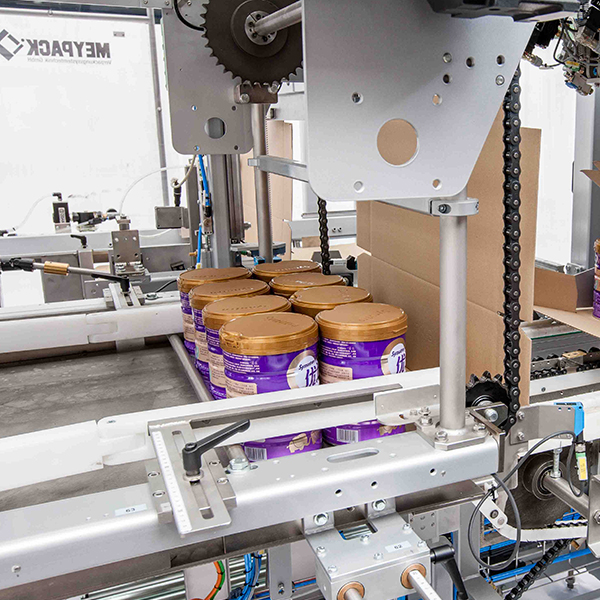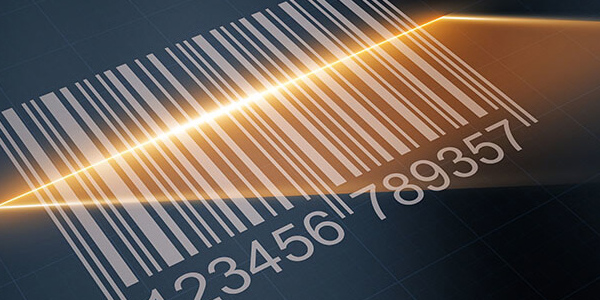
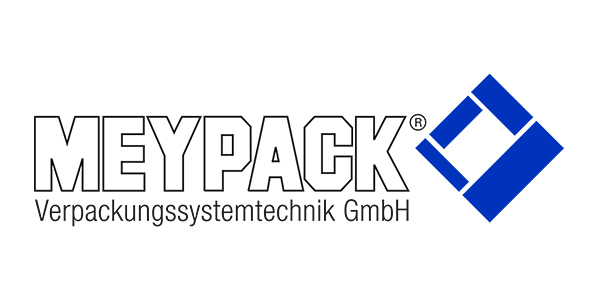
Introduction of product traceability technology
Quality, Safety, Authenticity – three elements within a product that are becoming increasingly more important to consumers and the choices they make in determining which products fulfill their needs.
Danone recently introduced new technology that allows consumers to verify the quality and authenticity of its baby formula. With this feature and option, consumers can scan the QR code on the infant formula products to find out information such as the production date, batch number, manufacturer, and product testing results. Shoppers will be able to access the Track & Connect service through their smartphones by scanning two QR codes on infant formula packs, this allows consumers to verify the quality and authenticity of each product.
Through the technology, consumers and retailers will be able to access data-driven after-sales support for Danone’s formula brands like Aptamil, Karicare, Laboratoire Gallia and Nutrilon. Once the service has been rolled out, shoppers will scan a QR code on a baby formula pack to access a brand page containing information such as where and when the formula was manufactured and the product’s journey through the entire supply chain. After purchasing and opening the sealed pack, shoppers will then be able to scan a second, inner QR code – triggering a one-time, initial message, verifying the product is authentic.
The Track & Connect service will also allow Danone and its distributors and retailers to more easily forecast consumer demand and consumer preferences. This new service is powered by blockchain, serialisation and aggregation technology, which offer a safe and secure method of storing data and information on the movement of baby formula products through the supply chain.
Meypack have recently introduced serialisation and aggregation technology to their range of case packing machine systems using camera systems and coding equipment to track and record products identity going into a case formation. This technology has been successfully utilised within the infant nutrition sector, but has much wider implications when applied to traditional packaged food and beverage products. Therefore providing consumers with access to information such as authenticity, production stadards, ingredients, supply chain paths, allergen information and much more.
Description of Serialisation using a helper code with code verification
After forming the product collation of the cans by means of a grouping/cycling unit the product collation will be taken over by stainless steel bars of the top-mounted flight bar system The product collation guided in lanes will be pushed on a transfer plate Under each lane, a camera is mounted and through openings in the transfer plate each on the bottom of the cans positioned 2 D code of the product collation will be scanned by these cameras After collecting the scanned 2D codes of the cans a corresponding helper code will be applied to the blank. From this point on the code, sets are available for the SCADA System/ Line controller via an ethernet connection.
The already scanned product collation is transferred together with the blank directly into the pressing chain, guaranteeing that the scanned product collation will be packed with that blank which is coded with the required information All these operations happen in the same machine cycle, therefore no shift register is needed There is no product formation between the death plate and the transfer table. Therefore, the operators don’t have to remove any products or blanks in case of a machine stop. If the helper code reader detects an unreadable code, the whole carton can be discharged anywhere in front of the printing unit.
Key Features
- No limits for the discharge (length, scale , or other components)
- Helper Code reader can be placed wherever suitable
- No use of software shift register
- Operator intervention is not causing errors or causing a data offset between can codes and case code
- System is self regulating
- DMC –code is the most safe 2D-code commonly used in industry
